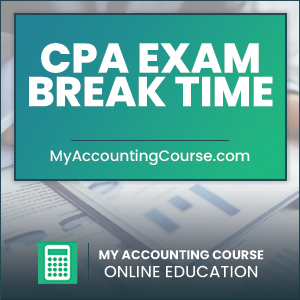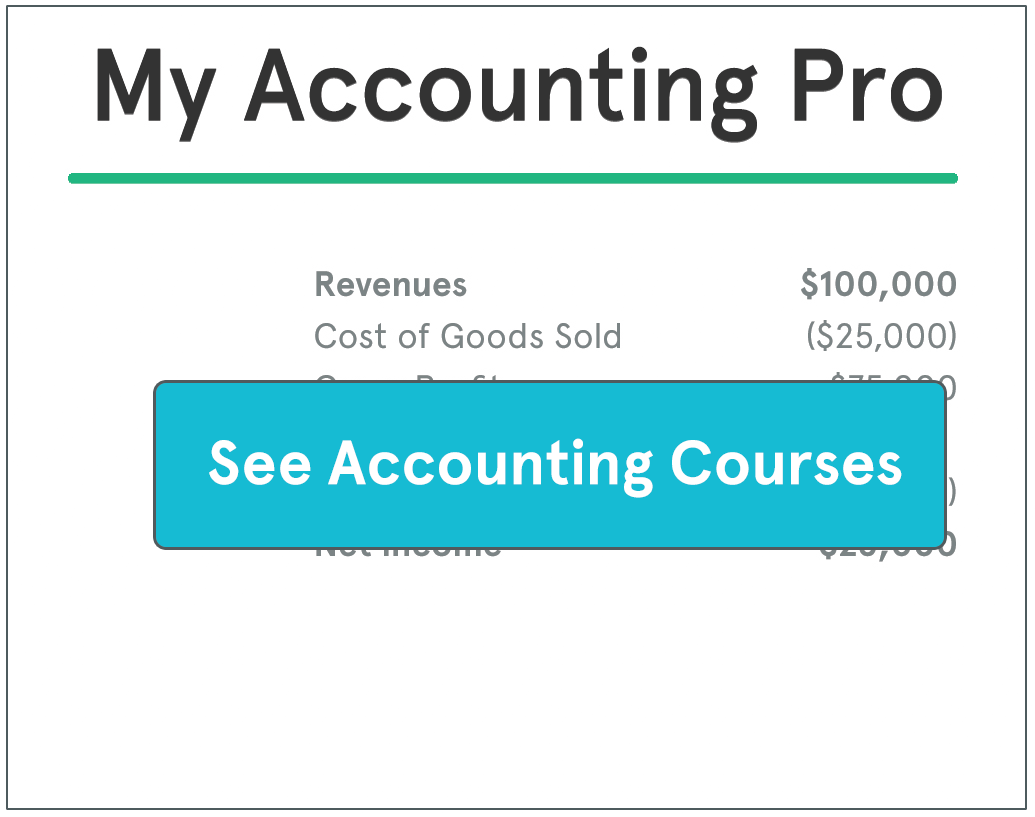 The Certified Public Accountant (CPA) exam is known for its rigor and comprehensive testing across four sections. While candidates often focus on studying and mastering the content, understanding how break times work during the exam is just as important. Properly utilizing breaks can help reduce stress, maintain focus, and improve performance throughout the testing process.
The Certified Public Accountant (CPA) exam is known for its rigor and comprehensive testing across four sections. While candidates often focus on studying and mastering the content, understanding how break times work during the exam is just as important. Properly utilizing breaks can help reduce stress, maintain focus, and improve performance throughout the testing process.
This guide explores the CPA exam’s break policy, how to strategically plan for breaks, and best practices for managing your time during this high-stakes exam.
Overview of CPA Exam Break Time
Contents
- Overview of CPA Exam Break Time
- Scheduled Break: How It Works
- Optional Breaks: What You Need to Know
- When to Take Optional Breaks
- How Breaks Affect Exam Timing
- Time Allocation Example for a Four-Hour Exam
- Best Practices for CPA Exam Breaks
- Common CPA Testing Break Mistakes to Avoid
- Frequently Asked Questions
- Bottom Line
The CPA exam consists of four sections—Auditing and Attestation (AUD), Business Environment and Concepts (BEC), Financial Accounting and Reporting (FAR), and Regulation (REG)—each lasting four hours. During these exams, candidates are allowed breaks to manage their time and stay refreshed.
The CPA exam break policy includes two main types of breaks:
- Optional Breaks Between Testlets: These breaks are available after completing a testlet (a group of questions). However, the exam clock continues running during these breaks.
- Scheduled 15-Minute Break: Each section includes one 15-minute break that does not count against your exam time. This scheduled break typically occurs after completing the third testlet.
Scheduled Break: How It Works
The scheduled 15-minute break is a key part of the CPA exam experience. This break is pre-programmed into the exam and prompts you to step away after completing the third testlet. For most candidates, this break comes at the halfway point, offering a much-needed pause to recharge.
Key Features of the Scheduled Break
- Non-Deductible Time: The 15 minutes allotted for this break do not count against your total four-hour exam time.
- Flexibility: You are not required to take the full 15 minutes. If you’re ready to resume the exam early, you can.
- Activities Allowed: During this break, you can step outside the testing room, use the restroom, eat a quick snack, or simply relax to reset your focus.
To maximize the benefits of this break, candidates should prepare light, energizing snacks and stay hydrated. Avoid heavy meals or excessive caffeine, which can cause sluggishness or jitteriness.
Optional Breaks: What You Need to Know
Optional breaks can be taken between testlets, allowing candidates to pause and gather their thoughts before moving on. However, unlike the scheduled break, these pauses are deducted from your total exam time.
When to Take Optional Breaks
Optional breaks are particularly useful if:
- You feel overwhelmed and need a moment to regain composure.
- You need a restroom break or a brief stretch to relieve tension.
- You’re nearing the end of a testlet and find your concentration slipping.
While optional breaks can be helpful, it’s essential to use them judiciously to avoid losing too much time for answering questions.
How Breaks Affect Exam Timing
Effective time management is crucial during the CPA exam. Each section includes multiple testlets, and candidates must allocate their time carefully to ensure they complete all questions. Taking breaks—whether optional or scheduled—impacts your overall timing and requires strategic planning.
Time Allocation Example for a Four-Hour Exam
For optimal performance, candidates can divide their time as follows:
- First Testlet (Multiple-Choice Questions): 45 minutes
- Second Testlet (Multiple-Choice Questions): 45 minutes
- 15-Minute Scheduled Break
- Third Testlet (Task-Based Simulations): 60 minutes
- Fourth Testlet (Task-Based Simulations): 60 minutes
Optional breaks can be added, but candidates must monitor the exam clock closely to avoid running out of time for critical testlets.
Best Practices for CPA Exam Breaks
Strategically using breaks can improve focus and performance during the exam. Here are some practical tips:
Plan Your Breaks in Advance
Before exam day, decide how you will approach breaks. Familiarize yourself with the test format and determine when breaks would be most beneficial. For example, you might choose to take an optional break after the second testlet to reset before tackling simulations.
Stay Hydrated and Energized
Bring water and light snacks to the testing center. Choose items that are easy to consume and provide sustained energy, such as granola bars, nuts, or fruit. Avoid sugary snacks that can lead to energy crashes.
Use Breaks to Relax and Refocus
During your breaks, step away from the exam mentally and physically. Stretch, take deep breaths, and clear your mind. This helps reduce stress and prepares you to return to the exam with renewed focus.
Monitor Your Time
Keep an eye on the exam clock, especially when taking optional breaks. Ensure you leave enough time to complete all testlets without rushing.
Common CPA Testing Break Mistakes to Avoid
While breaks can be a valuable tool, improper use can negatively impact your performance. Avoid these common mistakes:
Taking Too Many Optional Breaks: Frequent pauses can eat into your exam time, leaving you rushed during critical testlets.
Skipping Breaks Entirely: Some candidates avoid breaks to maximize test time, but this can lead to fatigue and decreased focus.
Poor Break Planning: Taking a break at an inopportune time, such as during a difficult testlet, can disrupt your flow and make it harder to regain momentum.
Frequently Asked Questions
Can I skip the scheduled 15-minute break?
Yes, the scheduled break is optional. If you prefer to continue the exam without pausing, you can choose to do so.
Can I leave the testing center during breaks?
You can step outside the testing room but must remain within the Prometric testing center. Exiting the building is not allowed.
Are there restrictions on what I can do during breaks?
While on break, you cannot access study materials, notes, or electronic devices. You may use the restroom, eat snacks, or relax, but all test security protocols remain in effect.
Bottom Line
Understanding and utilizing break time effectively during the CPA exam can make a significant difference in your performance. The scheduled 15-minute break offers a chance to recharge without impacting your exam time, while optional breaks provide flexibility for managing stress and fatigue. By planning your breaks strategically, staying hydrated, and monitoring your time, you can maintain focus and perform at your best throughout the exam.
Proper preparation for both the exam content and the testing experience is essential. With careful planning and effective use of break time, you can approach the CPA exam with confidence and set yourself up for success.


